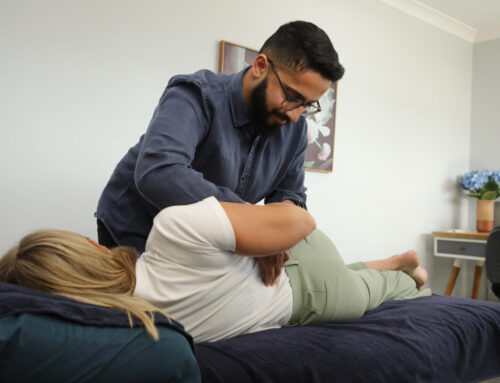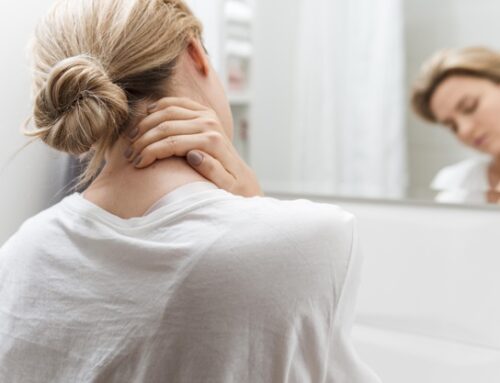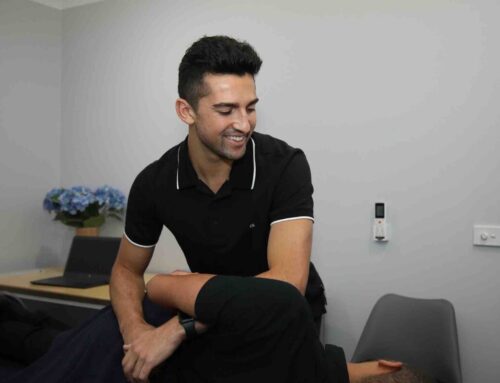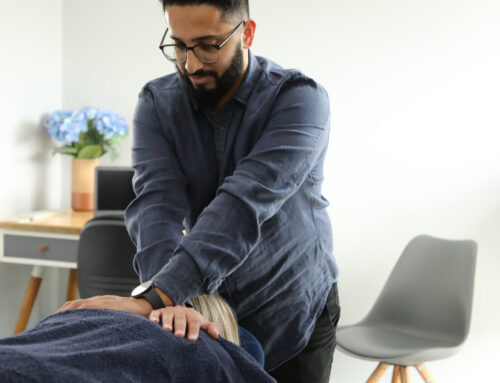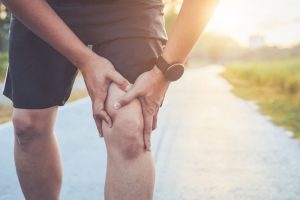 What is it?
What is it?
Sinding-Larsen-Johansson (SLJ) Syndrome is a pain at the bottom of the kneecap caused by swelling and irritation of the growth plate there. The growth plate is a layer of cartilage near the end of the bone where most of the bone’s growth happens. It most commonly occurs in young athletes aged 8-14 years.
SLJ Syndrome generally goes away when the child has finished growing and usually doesn’t cause lasting problems.
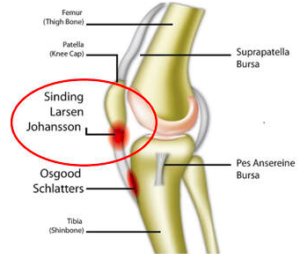
Image courtesy of http://www.fixmyfeet.co.za/sinding-larsen-johansson-syndrome-pain-at-the-bottom-of-the-kneecap.html
How Does it Happen?
SLJ Syndrome is caused by repetitive stress on the kneecap growth plate. This happens when the knee is straightened because the patella tendon (the ropey part under your kneecap) puts stress on the growth plate.
This condition usually happens in teens who participate in sports that involve a lot of running and jumping, such as basketball, soccer, gymnastics and field hockey. It also tends to occur in children between the ages of 8-14 as they begin going through growth spurts.
How is it Diagnosed?
Health care providers, such as Osteopaths will use a health history and physical examination to diagnose this condition. Usually, no testing is required as SLJ Syndrome cannot be seen on x-rays. An Osteopath may order further investigations however, to rule out other problems.
How is it Treated?
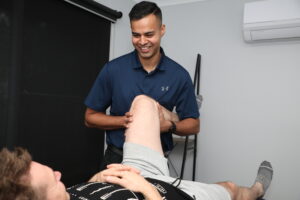
SLJ Syndrome is a self-limiting condition. Modification of activities and load management are going to be crucial.
People with SLJ Syndrome can usually do their normal activities, including sports as long as the pain isn’t bad enough to interfere with the activity and the pain gets better within 1 day of rest.
Here are some tips for managing the condition:
- Use a heat pack on the knee for 15 minutes before exercise and sports.
- Use an ice pack or cold back over your kneecap for 10-15 minutes after activity when the area is irritated.
- Taking pain-relieving medicine such as ibuprofen may help with pain and should be taken following consultation with your doctor or pharmacist and should be taken as directed on the packaging.
- Activity modification – reducing the pain-creating activities for a short period of time may be beneficial.
- Load management – at first, this may include a period of modified or decreased load, however load is important for the bones, muscles and tendons to heal, so after the initial flare up, loads should be managed so these structures remain healthy.
- Stop doing an activity if knee pain or swelling comes back. Then, try to reduce your activity until the pain or swelling goes away.
- Massage or foam roll tight quadriceps to try and take some pressure off the knee.
If you have any further questions, feel free to email me at niraj@pakenhamosteopathy.com.au, or if you would like to book a consult, feel free to call Pakenham Osteopathy on 5941 4157.
References
Nemours TeensHealth. (2019). Sinding-Larsen-Johansson Syndrome. https://kidshealth.org/en/teens/slj-syndrome.html
Sinding Larsen Johansson Syndrome. (2021, October 13). Physiopedia,. Retrieved 01:51, November 14, 2021 from https://www.physio-pedia.com/index.php?title=Sinding_Larsen_Johansson_Syndrome&oldid=283458.
